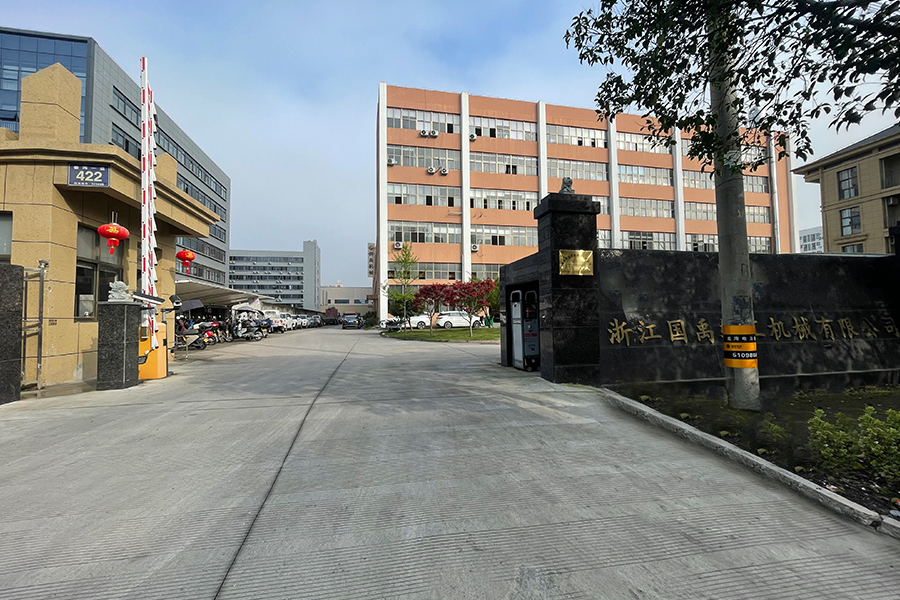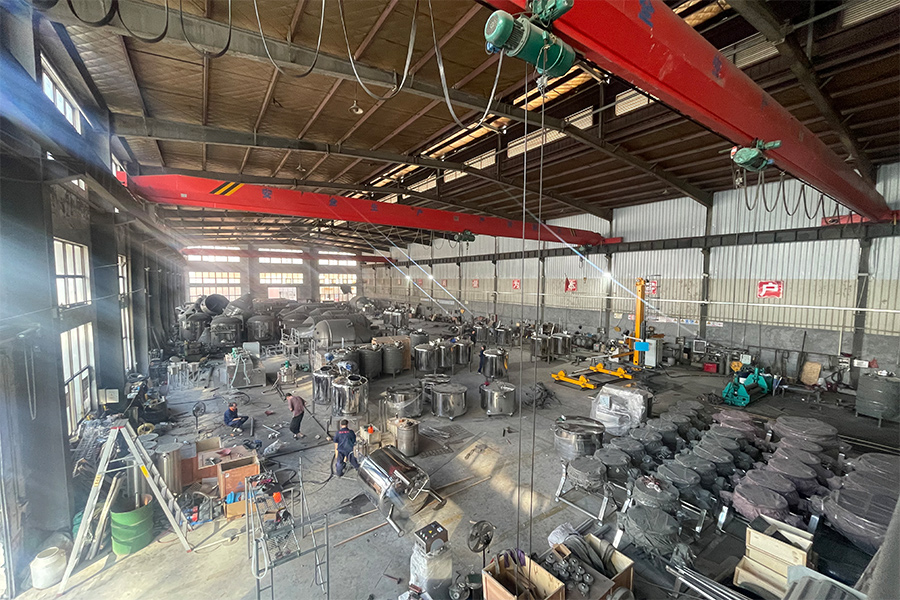-
 [email protected]
[email protected]
-
 +86-13706666922
+86-13706666922

The double jacketed mixing tank is a robust and meticulously engineered vessel. It consists of an inner tank, which holds the process material, and an outer jacket that surrounds the inner tank. The space between the inner tank and the outer jacket is known as the annulus or the jacket cavity.
The inner tank is typically constructed from high-quality stainless steel, which offers good corrosion resistance, durability, and ease of cleaning. The outer jacket is also made from durable materials to ensure the longevity and reliability of the tank.
The mixing mechanism within the tank is another crucial component. It usually includes an impeller or agitator that is powered by a motor. The design of the impeller can vary based on the type of mixing required. For example, paddle-type impellers are suitable for low-viscosity liquids, while anchor-type impellers are more effective for high-viscosity materials. The mixing mechanism ensures thorough and consistent blending of the contents within the tank.
The primary function of the double jacketed mixing tank is to facilitate the mixing of ingredients while simultaneously controlling the temperature of the process. This dual functionality makes it an invaluable asset in numerous industrial applications.
In the food and beverage industry, double jacketed mixing tanks are used for a wide range of processes. They are employed in the production of sauces, soups, dairy products, and beverages. For instance, in the manufacturing of tomato sauce, the tank can heat the mixture to the desired temperature while the impeller ensures that the tomatoes, spices, and other ingredients are thoroughly mixed. This ensures a uniform product with consistent flavor and texture.
In the chemical industry, these tanks are utilized for the mixing and temperature control of various chemical reactions. They can be used to heat or cool reactants to achieve the desired reaction rates and outcomes. The ability to precisely control the temperature within the tank is essential for ensuring the safety and efficiency of chemical processes.
For pharmaceutical manufacturing, the double jacketed mixing tank plays a crucial role in the production of medications. It is used for mixing active pharmaceutical ingredients with excipients and other components. The precise temperature control and thorough mixing capabilities of the tank help to ensure the uniformity and quality of the final product.
The double jacketed mixing tank offers several benefits that make it a preferred choice for many industrial operations. One of the more significant advantages is its ability to provide simultaneous mixing and temperature control. This dual functionality reduces the need for multiple pieces of equipment, thereby saving space and reducing operational costs.
Another key benefit is the high degree of precision and control it offers. The temperature within the tank can be accurately monitored and adjusted using advanced control systems. This ensures consistent product quality and reduces the risk of errors or inconsistencies in the final product.
The design of the double jacketed mixing tank also facilitates easy cleaning and maintenance. The stainless steel construction and smooth surfaces make it easy to clean, which is essential for industries with strict hygiene requirements. Additionally, the modular design of the tank allows for easy access to the mixing mechanism and other components for maintenance and repairs.
The double jacketed mixing tank is a highly versatile and efficient piece of equipment that plays a vital role in various industrial processes. Its ability to provide simultaneous mixing and temperature control makes it an invaluable asset in industries such as food and beverage production, chemical processing, and pharmaceutical manufacturing.







